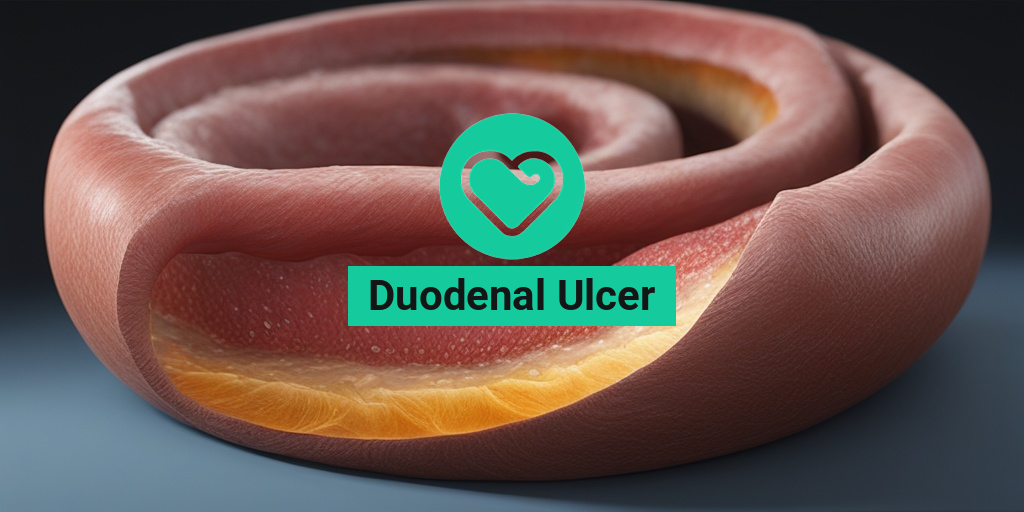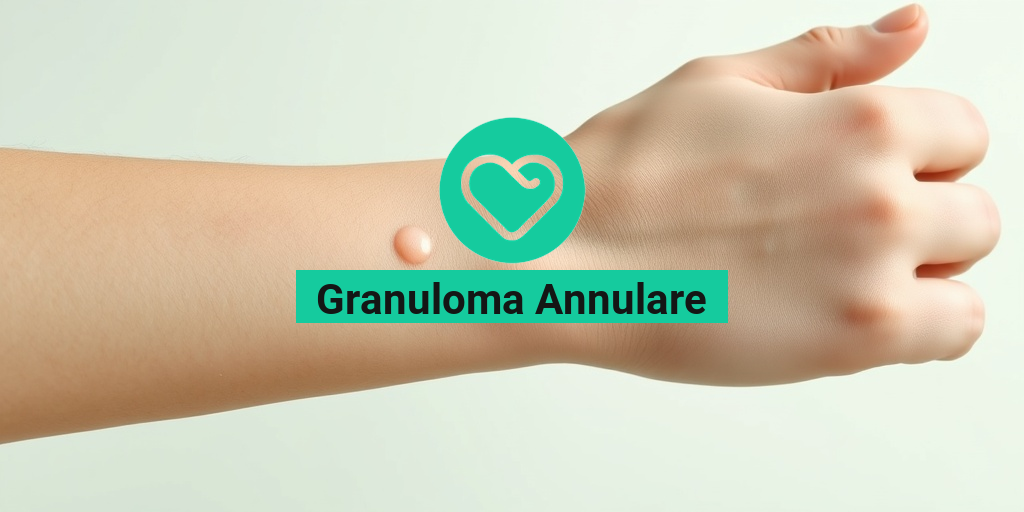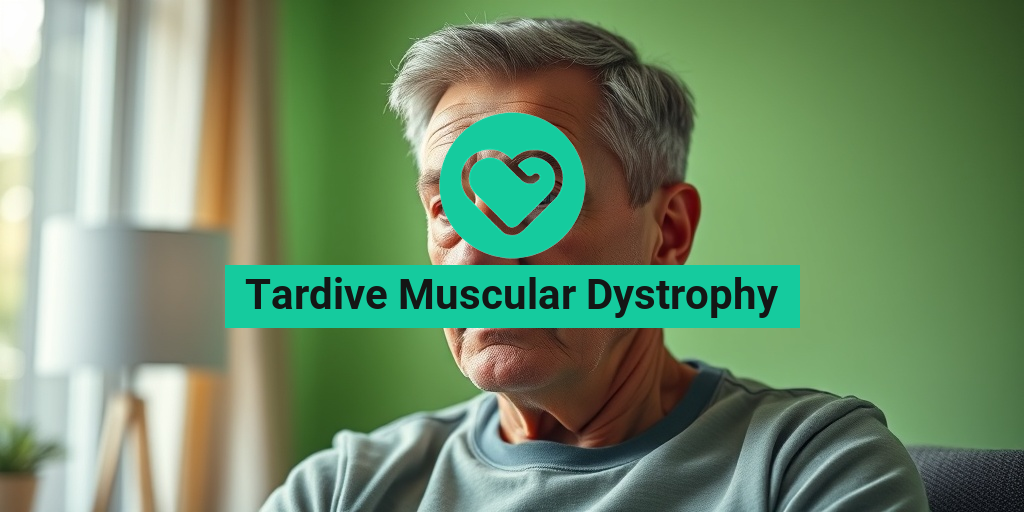What Is a Duodenal Ulcer?
A duodenal ulcer, also known as a peptic ulcer, is a type of ulcer that occurs in the duodenum, which is the first part of the small intestine. It is a common condition that affects millions of people worldwide. But what exactly is a duodenal ulcer, and how does it differ from other types of ulcers?
What Causes a Duodenal Ulcer?
A duodenal ulcer occurs when the lining of the duodenum is damaged, usually as a result of inflammation or erosion. This can happen for a variety of reasons, including:
- Infection with Helicobacter pylori (H. pylori) bacteria, which is the most common cause of duodenal ulcers.
- Long-term use of nonsteroidal anti-inflammatory drugs (NSAIDs), such as aspirin, ibuprofen, and naproxen.
- Zollinger-Ellison syndrome, a rare condition in which the body produces too much stomach acid.
- Other medical conditions, such as Crohn’s disease, celiac disease, and liver disease.
How Does a Duodenal Ulcer Differ from a Gastric Ulcer?
While both duodenal and gastric ulcers are types of peptic ulcers, they occur in different locations. A gastric ulcer occurs in the stomach, whereas a duodenal ulcer occurs in the duodenum. Duodenal ulcers are more common than gastric ulcers and tend to be less severe. However, both types of ulcers can cause similar symptoms and require similar treatment.
Duodenal Ulcer Symptoms
So, how do you know if you have a duodenal ulcer? The symptoms can vary from person to person, but common signs and symptoms include:
Abdominal Pain
The most common symptom of a duodenal ulcer is abdominal pain, which can be:
- Burning or gnawing in nature.
- Located in the upper abdomen, just below the breastbone.
- Worse at night, especially after eating.
- Relieved by eating or taking antacids.
Other Symptoms
In addition to abdominal pain, people with duodenal ulcers may experience:
- Nausea and vomiting, especially after eating.
- Loss of appetite, which can lead to weight loss.
- Bloating and gas, which can cause discomfort.
- Fatigue, which can be caused by a lack of nutrients.
If you’re experiencing any of these symptoms, it’s essential to see a doctor for proper diagnosis and treatment. Remember, a duodenal ulcer can be treated with antibiotics, antacids, and lifestyle changes. Don’t hesitate to reach out to a healthcare professional for guidance. 💊
For more information on duodenal ulcers and other health topics, visit Yesil Health AI (yesilhealth.com) for evidence-based health answers. 📚
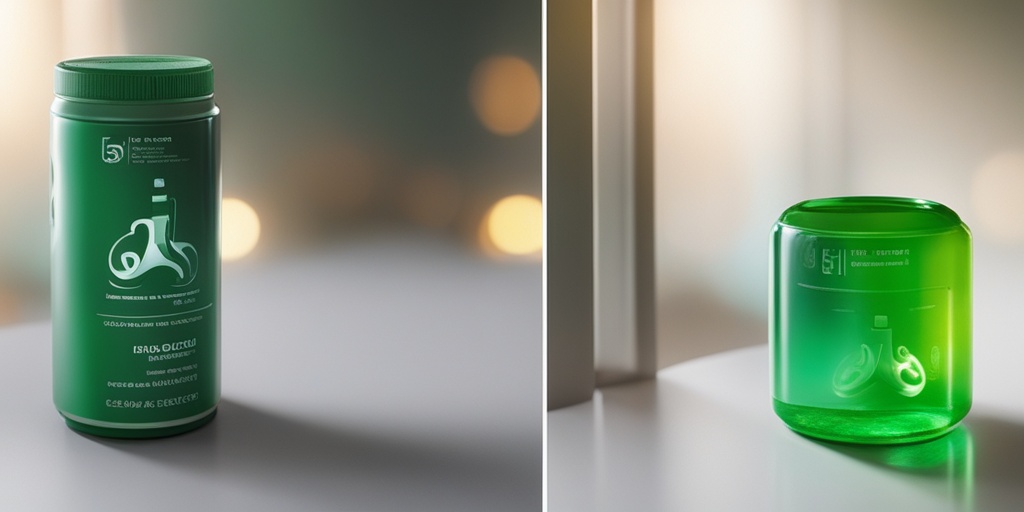
Duodenal Ulcer Causes and Risk Factors
When it comes to understanding duodenal ulcers, it’s essential to know the underlying causes and risk factors that contribute to their development. In this section, we’ll delve into the most common causes and risk factors associated with duodenal ulcers.
Infection with H. pylori Bacteria
The primary cause of duodenal ulcers is an infection with H. pylori bacteria. These bacteria infect the lining of the stomach and duodenum, leading to inflammation and the formation of ulcers. H. pylori infection is responsible for up to 90% of duodenal ulcers.
Long-term Use of NSAIDs
Nonsteroidal anti-inflammatory drugs (NSAIDs) like aspirin, ibuprofen, and naproxen can irritate the lining of the stomach and duodenum, leading to the formation of ulcers. Long-term use of NSAIDs increases the risk of developing duodenal ulcers.
Other Risk Factors
In addition to H. pylori infection and NSAID use, other risk factors that can contribute to the development of duodenal ulcers include:
- Family history: Having a family history of duodenal ulcers increases your risk of developing one.
- Age: Duodenal ulcers are more common in people over 50 years old.
- Smoking: Smoking can increase the risk of developing duodenal ulcers and slow down the healing process.
- Stress: While stress doesn’t directly cause duodenal ulcers, it can exacerbate symptoms and make them more difficult to manage.
- Diet: A diet high in spicy, fatty, or acidic foods can irritate the stomach and duodenum, increasing the risk of ulcers.
Duodenal Ulcer Diagnosis and Tests
Diagnosing a duodenal ulcer typically involves a combination of medical history, physical examination, and diagnostic tests. Here are some of the common methods used to diagnose duodenal ulcers:
Medical History and Physical Examination
Your doctor will start by taking a thorough medical history, asking questions about your symptoms, diet, and lifestyle. They will also perform a physical examination to check for signs of abdominal tenderness or guarding.
Endoscopy
An endoscopy is a procedure where a flexible tube with a camera and light on the end is inserted through the mouth and into the stomach and duodenum. This allows your doctor to visualize the inside of your stomach and duodenum, looking for signs of ulcers or inflammation.
Upper GI Series
An upper GI series, also known as a barium swallow, involves drinking a liquid containing barium, which coats the lining of the stomach and duodenum. X-rays are then taken to visualize the digestive tract and identify any abnormalities.
Blood Tests
Blood tests can help diagnose H. pylori infection, which is a common cause of duodenal ulcers. Your doctor may also perform blood tests to check for signs of anemia or inflammation.
Stool Tests
Stool tests can help diagnose H. pylori infection and detect any bleeding in the digestive tract.
By understanding the causes and risk factors of duodenal ulcers, as well as the diagnostic tests used to identify them, you can take the first steps towards managing your symptoms and finding effective treatment. 💊

Duodenal Ulcer Treatment Options
When it comes to treating a duodenal ulcer, the goal is to reduce symptoms, heal the ulcer, and prevent complications. The good news is that there are several treatment options available, and the right one for you will depend on the severity of your symptoms and the underlying cause of your ulcer.
Lifestyle Changes
Before we dive into medications and other treatments, it’s essential to make some lifestyle changes to help manage your symptoms and promote healing. These changes include:
- Avoiding trigger foods: Identify and avoid foods that trigger your symptoms, such as spicy or fatty foods.
- Managing stress: Stress can exacerbate symptoms, so find healthy ways to manage stress, such as exercise, meditation, or deep breathing.
- Quitting smoking: Smoking can slow down the healing process, so quitting is essential.
- Losing weight: If you’re overweight or obese, losing weight can help reduce symptoms.
Medications for Duodenal Ulcer
In addition to lifestyle changes, medications can help reduce symptoms and promote healing. The type of medication prescribed will depend on the underlying cause of your ulcer and the severity of your symptoms.
Medications for Duodenal Ulcer
There are several types of medications that can be used to treat a duodenal ulcer, including:
Antacids
Antacids, such as Tums or Rolaids, can help neutralize stomach acid and provide quick relief from symptoms. However, they may not be enough to heal the ulcer on their own.
H2 Blockers
H2 blockers, such as ranitidine (Zantac) or famotidine (Pepcid), can reduce acid production in the stomach and help heal the ulcer.
Proton Pump Inhibitors (PPIs)
PPIs, such as omeprazole (Prilosec) or lansoprazole (Prevacid), are stronger than H2 blockers and can also reduce acid production in the stomach. They’re often prescribed for more severe ulcers or those that don’t respond to H2 blockers.
Antibiotics
If your ulcer is caused by a bacterial infection, such as H. pylori, antibiotics may be prescribed to treat the infection.
Protective Medications
Medications like sucralfate (Carafate) can help protect the lining of the duodenum and promote healing.
It’s essential to follow your doctor’s instructions when taking medications for a duodenal ulcer. Be sure to take the full course of medication as directed, even if your symptoms improve before finishing the medication. 💊
Remember, while medications can help manage symptoms and promote healing, they may not address the underlying cause of your ulcer. Be sure to work with your doctor to identify and address any underlying factors, such as H. pylori infection or NSAID use. 🤕

Lifestyle Changes for Duodenal Ulcer
Living with a duodenal ulcer can be challenging, but making certain lifestyle changes can help alleviate symptoms and promote healing. By incorporating these changes into your daily routine, you can reduce discomfort, prevent complications, and improve your overall quality of life.
Dietary Changes
A well-balanced diet is essential for managing duodenal ulcers. Focus on consuming foods that are gentle on the stomach and rich in nutrients. Some recommended foods include:
- Fresh fruits and vegetables, such as bananas, apples, and leafy greens
- Whole grains, like brown rice, whole wheat bread, and oats
- Lean proteins, including chicken, fish, and tofu
- Low-fat dairy products, such as milk, cheese, and yogurt
Avoid or limit foods that can irritate the stomach, such as:
- Spicy or fatty foods, like hot peppers, fried foods, and processed meats
- Citrus fruits and juices, like oranges, lemons, and grapefruits
- Tomatoes and tomato-based products, like ketchup and pasta sauce
- Caffeine and carbonated drinks, like coffee, tea, and soda
Stress Management
Stress can exacerbate duodenal ulcer symptoms. Engage in stress-reducing activities, such as:
- Meditation and deep breathing exercises
- Yoga and tai chi
- Walking, jogging, or other forms of gentle exercise
- Reading, listening to music, or practicing hobbies
Additionally, get enough sleep (7-8 hours) each night to help your body recover from the day’s activities.
Quit Smoking and Limit Alcohol
Smoking and excessive alcohol consumption can worsen duodenal ulcer symptoms and slow down the healing process. Quit smoking and limit your alcohol intake to reduce the risk of complications.
Duodenal Ulcer Complications and Prevention
While duodenal ulcers can be treated, they can lead to serious complications if left untreated or poorly managed. It’s essential to be aware of these potential complications and take steps to prevent them.
Bleeding and Perforation
One of the most severe complications of duodenal ulcers is bleeding. If the ulcer bleeds, it can lead to anemia, fatigue, and even death. In rare cases, the ulcer can perforate the duodenal wall, causing peritonitis, an infection of the abdominal cavity.
To prevent bleeding and perforation:
- Take medications as prescribed by your doctor
- Avoid taking nonsteroidal anti-inflammatory drugs (NSAIDs) unless necessary
- Manage stress and get enough sleep
Obstruction and Gastric Outlet Obstruction
In some cases, duodenal ulcers can cause narrowing or blockage of the duodenal passage, leading to obstruction or gastric outlet obstruction. This can cause severe vomiting, abdominal pain, and weight loss.
To prevent obstruction and gastric outlet obstruction:
- Follow a bland diet and avoid foods that can irritate the stomach
- Stay hydrated by drinking plenty of water
- Manage symptoms promptly and seek medical attention if they worsen
By making these lifestyle changes and being aware of potential complications, you can effectively manage your duodenal ulcer and reduce the risk of serious health issues. Remember to consult your doctor if you have any concerns or questions about your condition. 💊
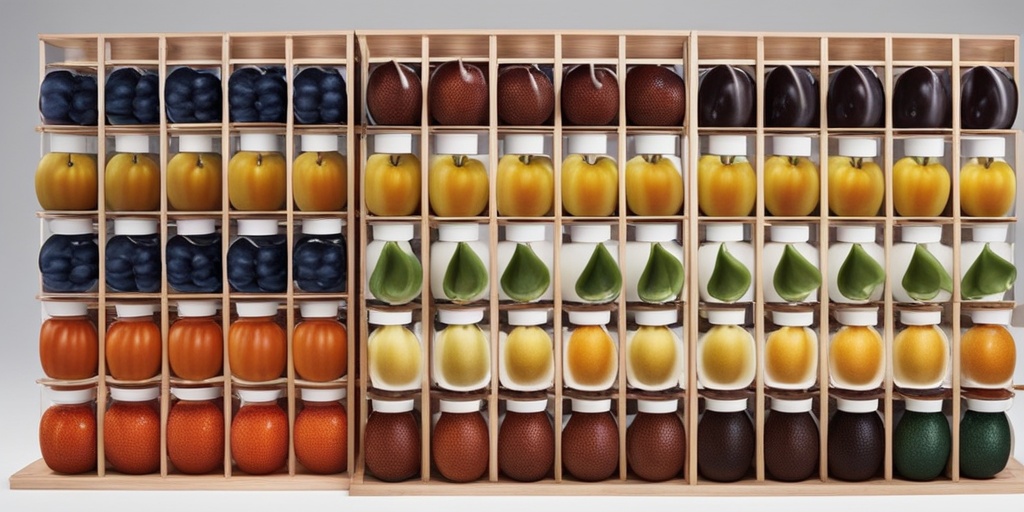
Frequently Asked Questions about Duodenal Ulcer
What are the common symptoms of a duodenal ulcer? 🤕
A duodenal ulcer can cause a range of symptoms, including:
- Abdominal pain, often in the upper right side
- Nausea and vomiting
- Loss of appetite
- Weight loss
- Bloating and discomfort
- Heartburn and acid reflux
What causes a duodenal ulcer? 🤔
A duodenal ulcer is typically caused by:
- H. pylori bacterial infection
- Long-term use of nonsteroidal anti-inflammatory drugs (NSAIDs)
- Other factors, such as stress, smoking, and spicy foods
How is a duodenal ulcer diagnosed? 💉
A duodenal ulcer can be diagnosed using:
- Endoscopy: a flexible tube with a camera is inserted through the mouth to visualize the duodenum
- Upper GI series: X-rays are taken after drinking a chalky liquid to visualize the duodenum
- Blood tests: to check for H. pylori infection
What is the treatment for a duodenal ulcer? 💊
Treatment for a duodenal ulcer typically involves:
- Antibiotics to treat H. pylori infection
- Acid-reducing medications to reduce stomach acid production
- Proton pump inhibitors (PPIs) to block stomach acid production
- Lifestyle changes, such as avoiding spicy foods and stress management
What is the difference between a duodenal ulcer and a gastric ulcer? 🤔
A duodenal ulcer occurs in the duodenum, while a gastric ulcer occurs in the stomach. Both types of ulcers are caused by similar factors, but the location and symptoms may differ.
Can a duodenal ulcer be prevented? 🙏
To reduce the risk of developing a duodenal ulcer:
- Avoid NSAIDs and other irritants
- Manage stress through relaxation techniques
- Avoid spicy and fatty foods
- Maintain a healthy diet and lifestyle
What is the ICD-10 code for a duodenal ulcer? 📊
The ICD-10 code for a duodenal ulcer is K26.9.
Can a duodenal ulcer cause back pain? 🤕
In some cases, a duodenal ulcer can cause back pain, especially if the ulcer is severe or perforated.
What is the best diet for a duodenal ulcer? 🥗
A diet that is gentle on the stomach, including foods that are low in acidity and fat, can help alleviate symptoms of a duodenal ulcer.
Sources
- https://my.clevelandclinic.org/health/diseases/duodenitis
- https://darwynhealth.com/digestive-disorders/digestive-disorders/gastritis-and-peptic-ulcer-disease/duodenal-ulcer/duodenal-ulcer-diet-foods-to-eat-and-avoid-for-better-healing/?lang=en
- https://www.mayoclinic.org/diseases-conditions/peptic-ulcer/symptoms-causes/syc-20354223

